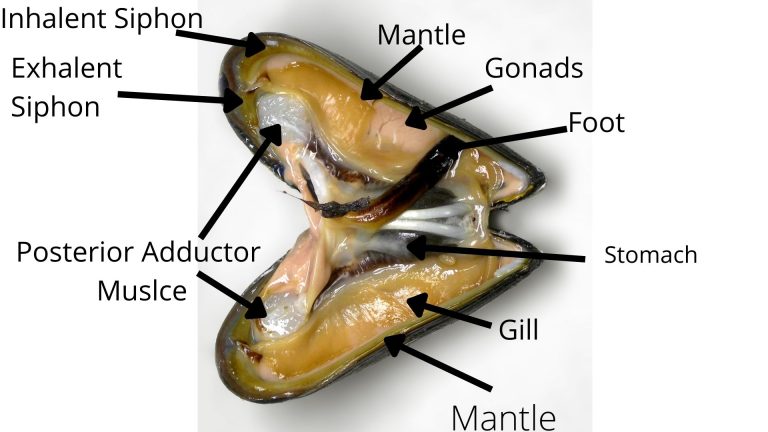For creatures like river mussels and snails, their bodies are soft and without bones, but they have hard shells to protect themselves. Understanding how these shells are formed and what substances they contain naturally leads to an understanding of how pearls are produced. These soft-bodied animals develop longitudinal folds on the skin along both sides of their backs, eventually developing into two large membranous lobes covering their bodies, similar to the “windbreakers” we wear in winter. The difference is that their windbreakers are formed by the expansion of their own skin folds and are connected to their bodies on the back. In zoology, this is called the mantle. The shell is formed by glandular cells secreting various parts of the outer surface of this membrane. Whether it’s bivalves, gastropods, or the inner surfaces of shells, they can emit dazzling pearl luster — this is the so-called nacreous layer formed by the secretion of the entire mantle surface. If by chance, shell eggs, sand grains in the water, or parasites (such as cercariae and some small crustaceans) get caught between the mantle and the shell, the mantle secretes nacreous substances in response to the stimulation. Over time, they are surrounded, eventually forming pearls. Cultured pearls are produced based on this principle. On the outer surface of natural pearl shells, there is often a layer of cells containing nacre that partially sinks to form a pearl sac. Sometimes, this sac can detach from the mantle and sink into the middle layer of tissue. In such cases, the pearls produced are often perfectly round and more beautiful in luster. In fact, any bivalve that can secrete a colorful nacreous layer can produce pearls. Pearl oysters are among the most outstanding, generally found in warm seas with abundant nacre, producing the best and most pearls. Occasionally, red pearls may be produced in conch shells. Pearl oysters can be found in the South China Sea, and there are also pearl oysters in the Indian Ocean.

